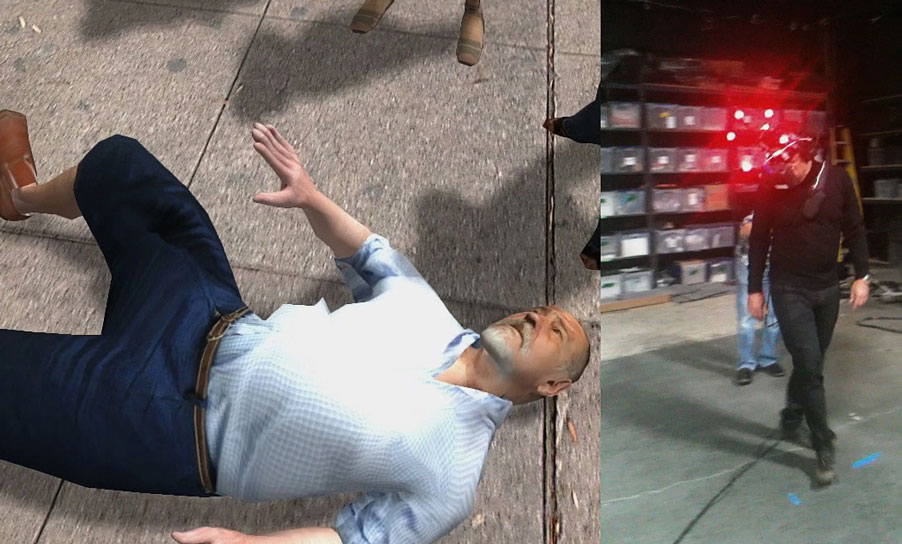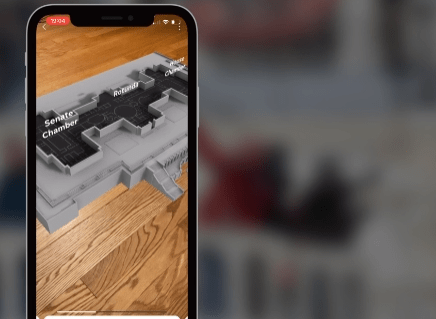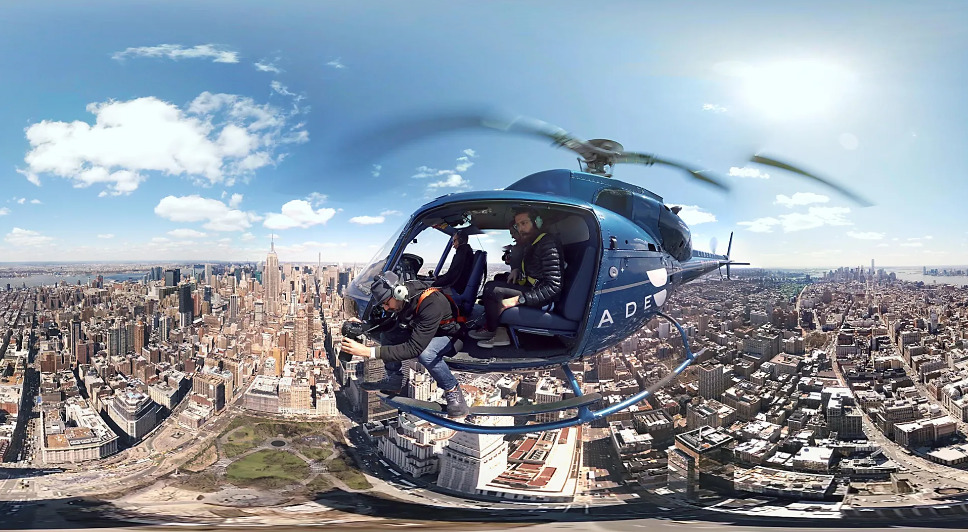The future of journalism is immersive, interactive and 3D
The metaverse is becoming popular, and the VR (Virtual Reality) and AR (Augmented Reality) industries are also rapidly developing. Efforts are being made to incorporate these immersive contents in all areas of society, such as education, travel, and manufacturing, and media outlets are also scrambling to show interest.
In particular, immersive journalism, which applies immersive content technology to make viewers feel real, is a representative example. Immersive journalism refers to journalism using not only VR and AR, but also artificial intelligence (AI) and interactive media. Immersive journalism is characterized by news viewers being able to immerse themselves in the situation and feel it as if it were real.
From Story-telling to Story-living
As mentioned earlier, the essence of immersive journalism is 'Content that allows the viewer to become the subject and feel as if it is real'is in
Existing media reports the situation from a specific point of view and 'Framing effect*'There is an expectation that immersive journalism can weaken these problems, compared to concerns that it can cause problems.In other words, the subject of the point of view has been switched so that viewers can look at the situation from their own point of view instead of following the reporter's point of view. Therefore, immersive journalism has much higher interactivity compared to video news, which requires information to be received unilaterally. Because visual images that arouse sympathy from viewers can have a great impact on individual perception and judgment, immersion journalism creates new values that help break away from the framing phenomenon, which has been a chronic problem in traditional journalism.
In fact, in an experiment in which 36 people were asked to enjoy immersive content on the theme of the independence movement of doctor Ahn Jung-geun, a research result showed that the 28% moved its gaze to the surrounding area rather than the screen where the central event was taking place. Immersive content works to 'see what you want to see' by allowing viewers to enter the situation. It is an opinion that the movement of change is starting from the form of 'storytelling', which was done one-sidedly, to the form of 'story living' that is directly led.
* Framing Effect: A phenomenon in which an individual's judgment or choice may vary depending on how the problem is expressed even in the same event or situation
Focus on world, immersive journalism
USA today 'US Capitol Chaos AR Report'
The American media company 'USA Today' used AR technology in reporting the chaos at the Capitol on January 6, 2021. It was a major incident when thousands of Trump supporters occupied the US Capitol at the time when lawmakers gathered at the US Capitol, the heart of the US, to commemorate Joe Biden's victory in the presidential election. Photos taken by people at the scene in a chaotic situation were collected by time period and made available for viewing through AR, helping the public to easily understand the circumstances of the incident and informing the importance of the incident.
BBC News 'Nile Dam Project'
(Source: BBC News Official YouTube, youtube.com/BBCNews)
BBC News' 'Damming the Nile' has received feedback that it is 'a blueprint for the future of news'. It is a three-part virtual reality news series that uses 360-degree videos to immerse people.
The New York Times is undoubtedly the leader in media companies actively utilizing immersive journalism, such as introducing AR content to Instagram.
New York Times 'Daily 360'
(Source: The New York Times Official YouTube, youtube.com/@nytimes)
The New York Times collaborated with Samsung Electronics to produce 'Daily 360', a YouTube content that shows New York on a 360-degree screen. The ability to observe New York up close in a visual way drew people's reactions. Furthermore, more realistic and explicit news from the US is also delivered through 'Daily 360'.
Virtual reality, moving the mind
Youtube immersivejournalism 'Hunger in Los Angeles'
(Source: YouTube immersivejournalism, youtube.com/@immersivejournalism)
De la Pena's 'Hunger in Los Angeles' is the first case of immersive journalism that proves the possibility that immersive content can move people's hearts. In the video, people line up to receive food stamps on a hot summer day. Suddenly, a man collapses on the spot, paramedics come running, and people murmur. The participant who enters this situation is completely immersed and shows restlessness as if it were a real situation.

The 'I met you' series, which is considered one of the examples of good influence of emotional technology, also produced content for the public interest beyond the role of touching people's hearts. The 'I met Yong-gyun' episode, which deals with the treatment of non-regular workers who died in industrial accidents, is also an example of using immersive content for journalism. Without any explanation, seeing and hearing the treatment of non-regular workers directly creates the effect of empathizing with social problems.
MBC 'I met you' series
(Source: MBClife official YouTube, youtube.com/@MBClife)
The same goes for the 'I met the fireman' episode. People experienced the job of a firefighter, especially the scene of a fire at the Gunpo Logistics Center, through VR. By directly experiencing the difficulties and weights unknown to the general public, they showed a deep sympathy for the position of firefighters.
(Source: MBC Channel Official YouTube, youtube.com/@MBC_officialchannel)
Current State and Future of Immersive Journalism
Immersive media, including journalism, began to melt into all areas of society. As the generation familiar with digital dominates, it is accepted as a realm of emotion that moves people's hearts, breaking away from the stereotype of the hard and cold digital world.
Immersive content is, after all, experiential content. At the end of 2021, the International News Media Association conducted an XR lecture for European media with Meta. Various issues such as the difference of XR and XR business opportunities were covered, which shows that the media is focusing on XR.
It is said that people remember visual information longer than verbal information, and can remember it for a much longer time when information is delivered using multiple senses. In this respect, it is expected that realistic journalism, which allows subjective participation in recognizing the situation and forming one's own opinion, will be more valued in the future, rather than simply accepting information.
Tags
- AI, AR, CUZ, Immersivejournalism, LOVE EARTH, media art, SWITCH OFF, VR, XR, Immersive Journalism, media art, Curze, tech journalism



